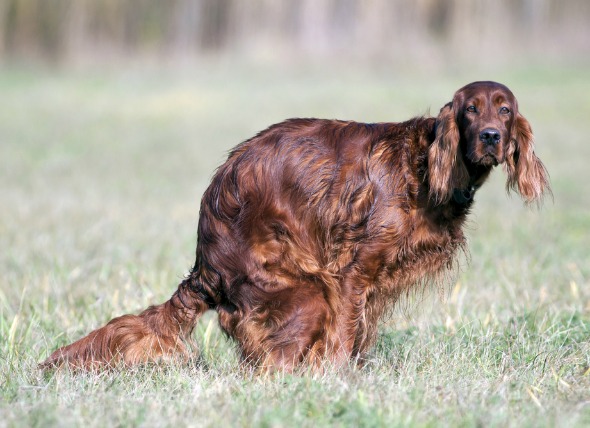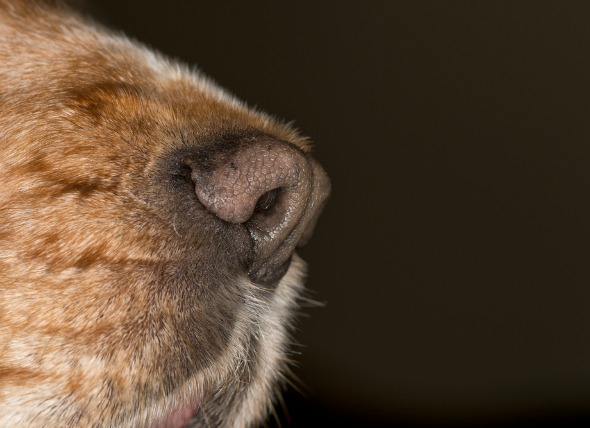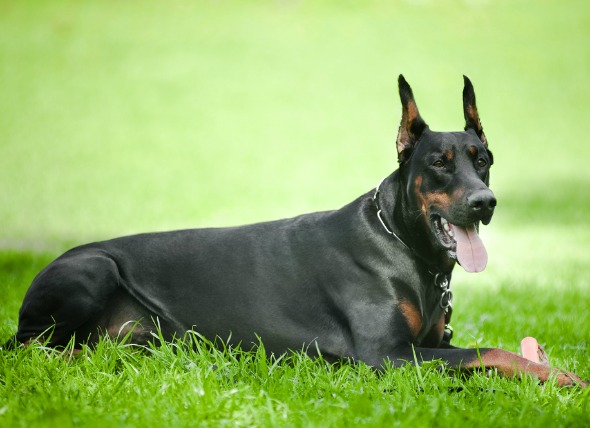Intervertebral disk (IVD) disease in the dog is a common clinical disorder manifested by pain, ataxia, paresis, motor paralysis, or sensor motor paralysis. It occurs most often in the chondrodystrophoid dogs but also affects the nonchondrodystrophoid breeds. It commonly occurs in sure breeds of dogs called chondrodystrophoid breeds, such as Dachshund, Pekingese, French bulldog, Beagle, Basset Hound, American Cocker spaniel, Shih Tzu, Lhasa apso, and Welsh corgi. Intervertebral discs act as cushions between the vertebrae and function as the shock absorbers of the spine.
The spine is composed of a series of vertebrae. The spinal cord is defended within a bony spinal canal formed by overlapping vertebrae. Intervertebral discs are sited between each vertebra from the head to the tail. They permit for flexibility of the spine. A normal intervertebral disc has two different components a fibrous outer casing (annulus fibrosis), and an inner gelatinous center (nucleus pulposus). The nucleus pulposus is normally 80% water, and has shock absorbing properties. A normal disc has two regions: a resilient gelatinous nucleus in the center and an outer fibrous ring that encircles the nucleus.
Treatment depends on several factors, including the extent and duration of clinical signs, and the findings on neurologic and radiographic examination. There are basically two treatment options for a dog suffering from disc disease. Traditional treatment consists of strict immobilization (cage rest) and sometimes additional medical treatment for inflammation and pain (corticosteroids). Surgical treatment provides decompression of the spinal cord. The surgery is performed to remove extruded disk material from around the spinal cord, relieving the compression and giving the spinal cord the best chance at healing.
Physical therapy is particularly supportive to sustain joint flexibility and blood circulation to the hind legs in patients with longer recovery periods after surgery. Medical treatment may be successful when there is only mild to moderate pain, and no weakness or paralysis. Medical, or conservative, treatment consists of anti-inflammatory medication in combination with strict cage rest. Physical therapy should be begun as soon as the patient can tolerate it. Range of motion exercises, tail walking, swimming, and whirlpool baths are superb physical therapy.

 Inflammatory Skin Disease in Dogs
Sebaceous Adenitis in Dogs
Sebaceous adenitis is
Inflammatory Skin Disease in Dogs
Sebaceous Adenitis in Dogs
Sebaceous adenitis is
 Increased Appetite in Dogs
Polyphagia in Dogs
When a dog increases its food
Increased Appetite in Dogs
Polyphagia in Dogs
When a dog increases its food
 Constipation in Dogs
Constipation and Obstipation in Dogs
Infrequent,
Constipation in Dogs
Constipation and Obstipation in Dogs
Infrequent,
 Nose Cancer (Chondrosarcoma) in Dogs
Chondrosarcoma of the Nasal and Paranasal Sinuses in Dog
Nose Cancer (Chondrosarcoma) in Dogs
Chondrosarcoma of the Nasal and Paranasal Sinuses in Dog
 Rickettsial Infection in Dogs
Ehrlichiosis in Dogs
Ehrlichiosis in dogs is a ri
Rickettsial Infection in Dogs
Ehrlichiosis in Dogs
Ehrlichiosis in dogs is a ri